Operation Process of a Heat Exchanger
Operation Process of a Heat Exchanger
A heat exchanger is an essential component in many industrial systems, facilitating the transfer of heat between two or more fluids without them coming into direct contact. Below is a detailed explanation of the operation process of a heat exchanger, including its main components and operational steps.
1. Basic Structure of a Heat Exchanger
Main Components:
- Tubes: The hot or cold fluid flows through these tubes.
- Shell: Encases the tubes and the other fluid flows around the tubes within the shell.
- Baffles: Direct the flow of the fluid inside the shell, increasing heat exchange efficiency.
- Inlet and Outlet: Points where the fluids enter and exit the heat exchanger.
2. Operating Principle of a Heat Exchanger
Operation Process:
-
Preparing the Fluids:
- Hot Fluid: Is pumped into the heat exchanger through the inlet. This fluid has a higher temperature and needs to be cooled.
- Cold Fluid: Is pumped into the heat exchanger through another inlet. This fluid has a lower temperature and will absorb heat from the hot fluid.
-
Fluid Circulation:
- Hot Fluid: Flows through the tubes inside the heat exchanger.
- Cold Fluid: Flows around the tubes within the shell.
-
Heat Exchange:
- Heat Transfer Through Tube Walls: Heat from the hot fluid transfers through the tube walls to the cold fluid. Since the fluids do not directly contact each other, heat is transferred through the walls by conduction.
- Baffles: Inside the shell direct the flow of the cold fluid, ensuring it flows over the entire heat exchange surface, increasing heat transfer efficiency.
-
Fluid Exit:
- Cooled Hot Fluid: Exits the heat exchanger through its outlet.
- Heated Cold Fluid: Exits the heat exchanger through its outlet.
-
Temperature Control:
- Automated control systems can be used to adjust the flow rates and temperatures of both fluids, ensuring optimal performance of the heat exchanger.
3. Types of Heat Exchangers
Shell and Tube Heat Exchanger:
- Structure: Consists of a bundle of tubes (tube bundle) inside a shell.
- Applications: Common in the oil, gas, chemical, and energy industries.
Plate Heat Exchanger:
- Structure: Consists of many thin metal plates stacked together with spaces for fluids to flow through.
- Applications: Often used in the food and beverage industry, HVAC systems.
Air Heat Exchanger:
- Structure: Uses fans to circulate air over a set of tubes or plates.
- Applications: Heating, ventilation, and air conditioning (HVAC) systems.
4. Advantages and Disadvantages of Heat Exchangers
Advantages:
- High Efficiency: Optimizes the heat exchange process between fluids.
- Energy Saving: Minimizes the amount of energy required for heating or cooling.
- Flexible Design: Available in various shapes and sizes to suit many applications.
Disadvantages:
- High Initial Cost: Heat exchangers can have a high upfront investment cost.
- Complex Maintenance: Requires regular inspection and maintenance to ensure efficiency.
- Risk of Blockage: Fluids containing particulates or impurities can cause blockages, reducing heat exchange efficiency.
5. Applications of Heat Exchangers
Oil and Gas Industry:
- Used to cool oils and chemicals during processing.
Food and Beverage Industry:
- Used to heat and cool food and beverage products.
Energy Industry:
- Used in power plants to recover heat from power generation processes.
HVAC Systems:
- Used in heating, ventilation, and air conditioning systems to regulate air temperature in buildings and industrial facilities.
Conclusion
Heat exchangers play a crucial role in many industries by optimizing the heat transfer process and saving energy. Understanding the operation process and applications of this equipment helps businesses enhance efficiency and ensure continuous operation of production systems.
Related News
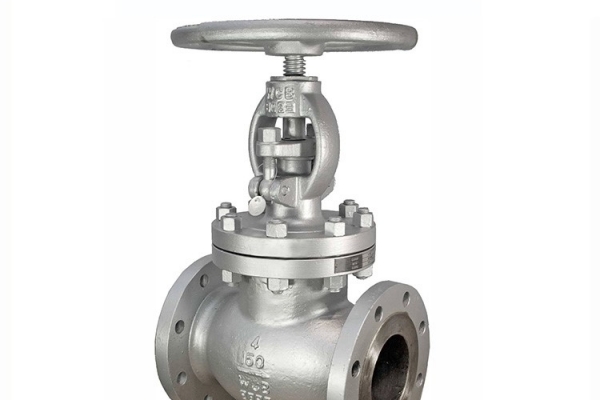
VinVal Industrial Water Valves: Stainless Steel Globe Valves & Pipeline Solutions from PM-E
20/12/2025
Discover high-quality VinVal industrial water valves. PM-E specializes in providing stainless steel globe valves and diverse fluid control solutions for your pipeline systems.
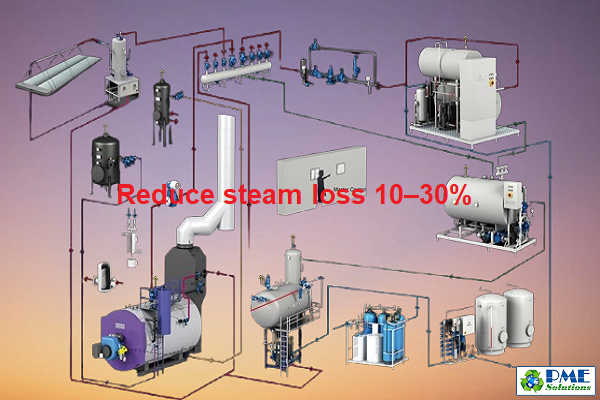
Steam Energy-Saving Solutions for Factories | Phuc Minh Engineering
17/12/2025
Optimize your steam system with Phuc Minh Engineering. Reduce energy loss, increase boiler efficiency, and cut fuel costs by 10–30%. Contact us now.
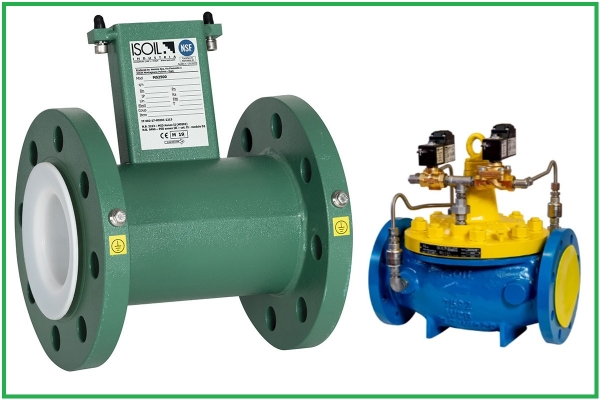
Flow Measurement & Pressure Control Solutions.
17/12/2025
Solutions for measuring flow and controlling pressure in steam, air, water, oil, and chemical systems. Optimize operations – reduce losses – enhance safety. Contact Phuc Minh.
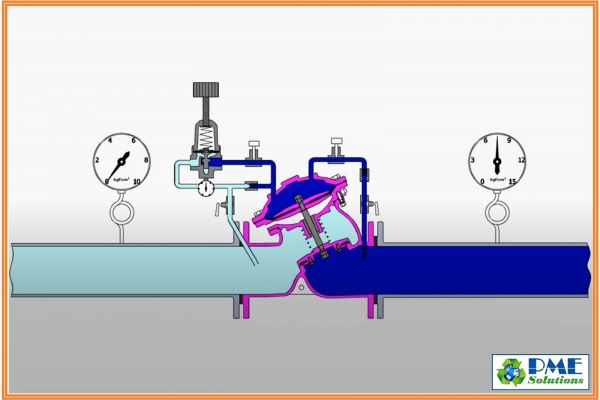
What Is a Pressure Reducing Valve? Structure – Working Principle – How to Select the Best PRV for Industrial Plants (2025)
17/12/2025
A Pressure Reducing Valve (PRV) is a device used to reduce high inlet pressure to a stable, lower outlet pressure, helping protect piping systems, instruments, and machinery while improving operational safety. PRVs are widely used in: Steam systems Compressed air, gas, nitrogen Clean water – process water – chilled water Oil, chemicals, and other industrial media
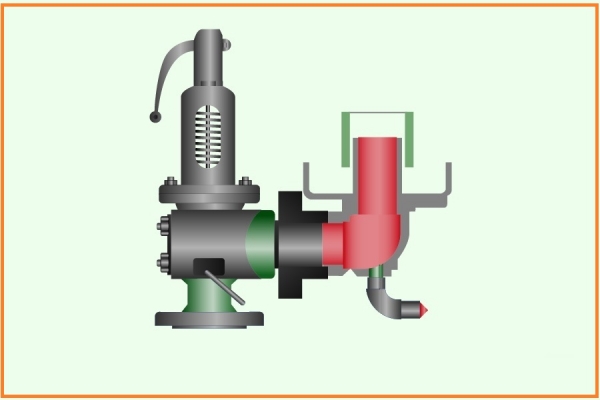
Safety Valve For Steam Systems: Structure, Operation Principles & Selection Guide 2025 | Phuc Minh Engineering
17/12/2025
Learn what a steam safety valve is, how it works, different types, and how to select the correct valve for boilers and pipelines. EN/ASME-standard valves from Phuc Minh Engineering.









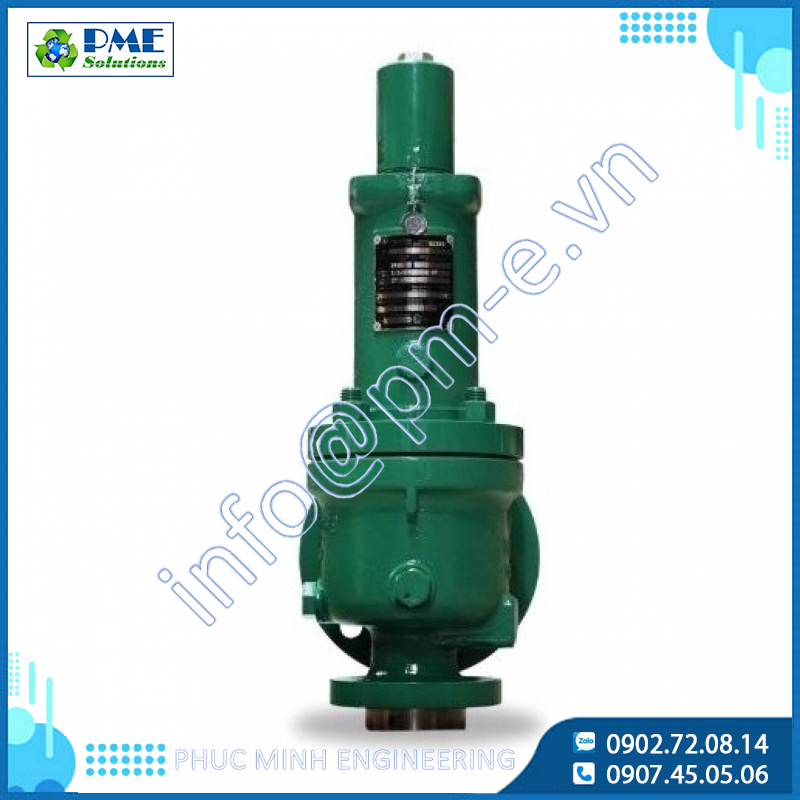
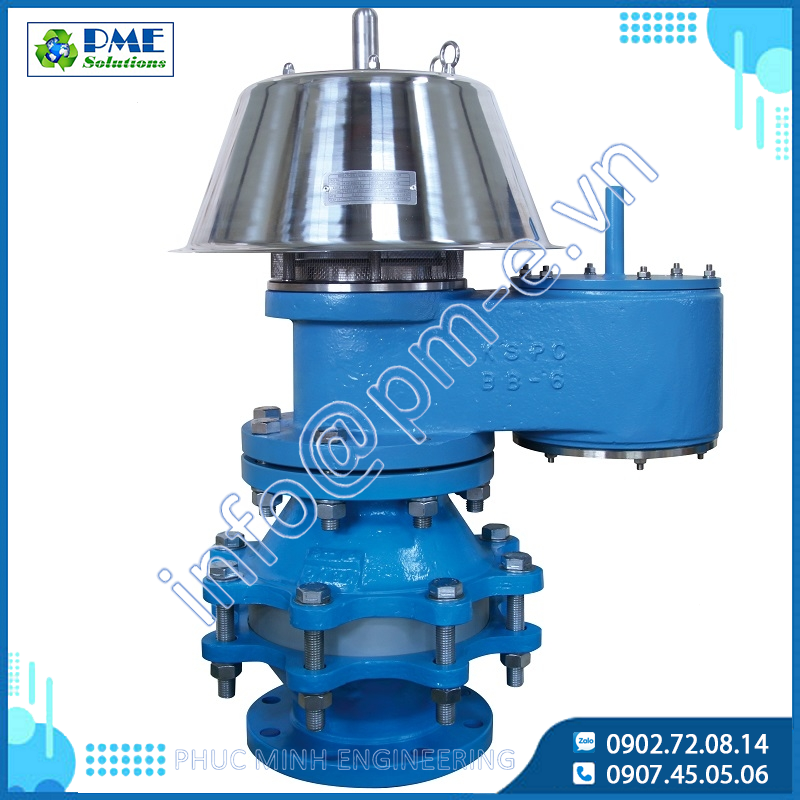
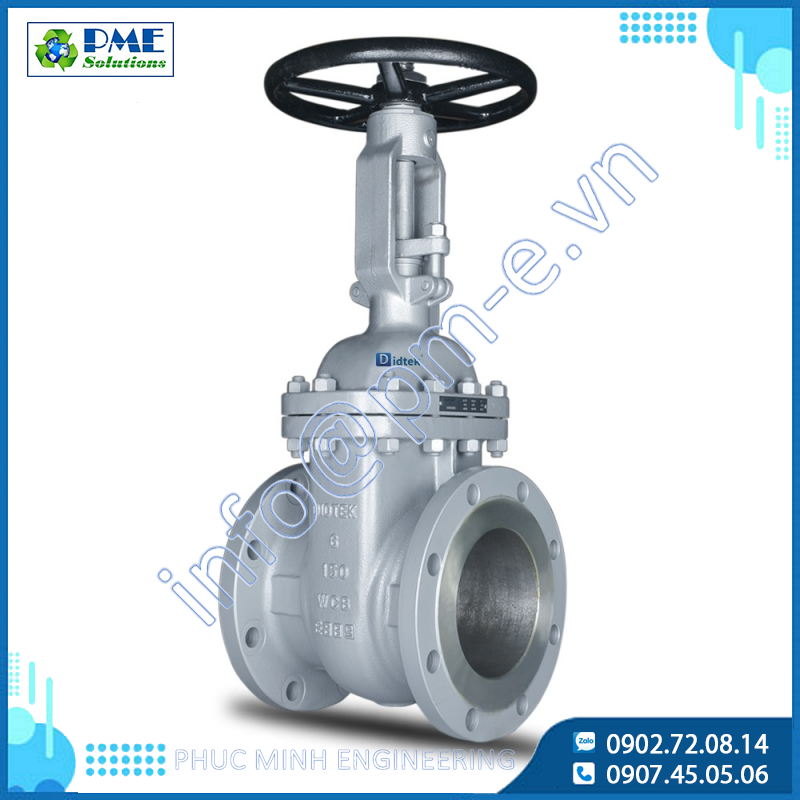
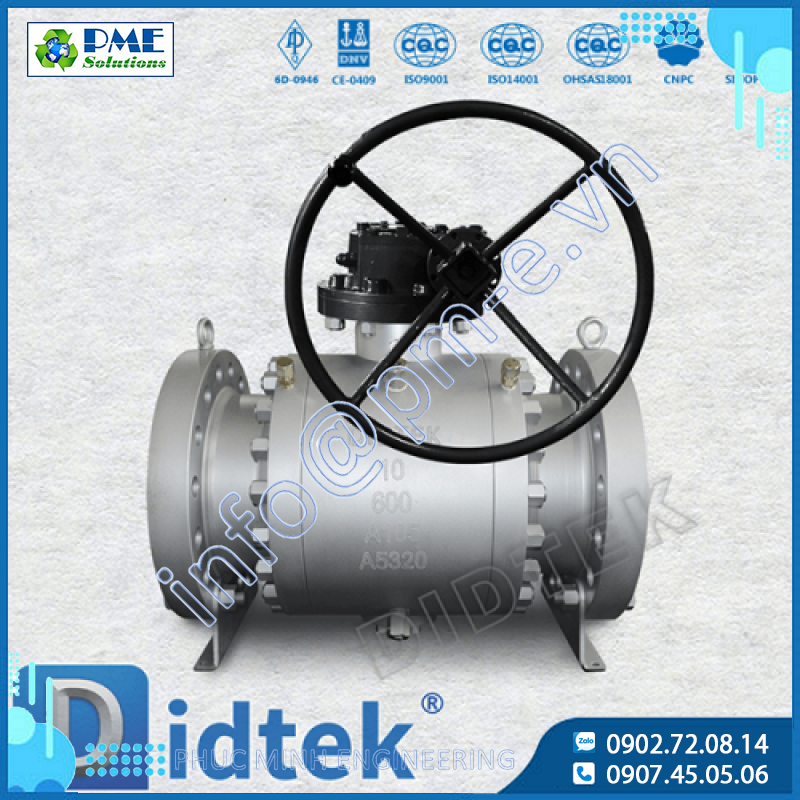
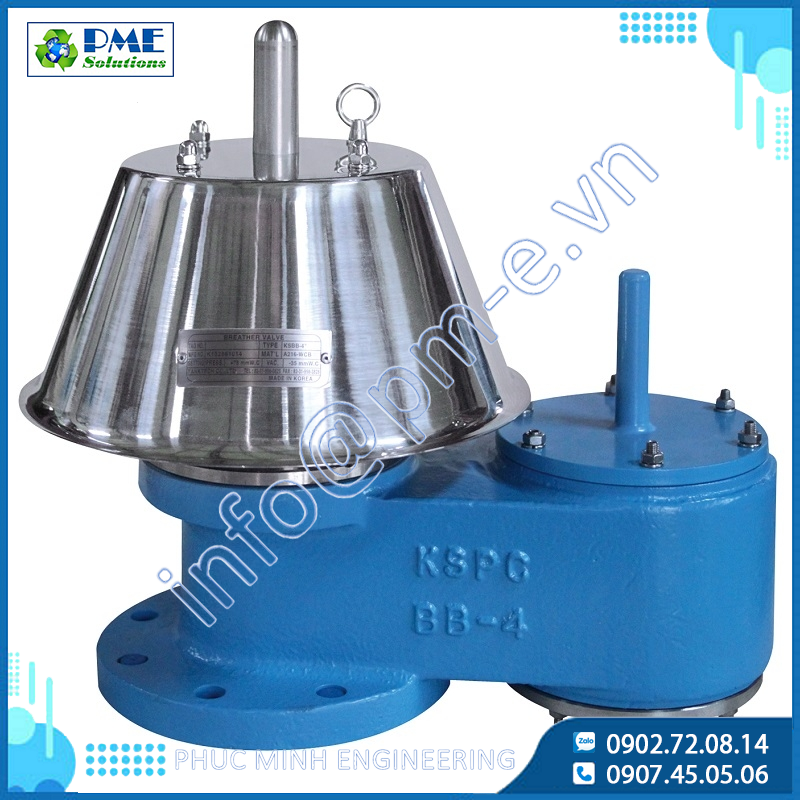


.png)






